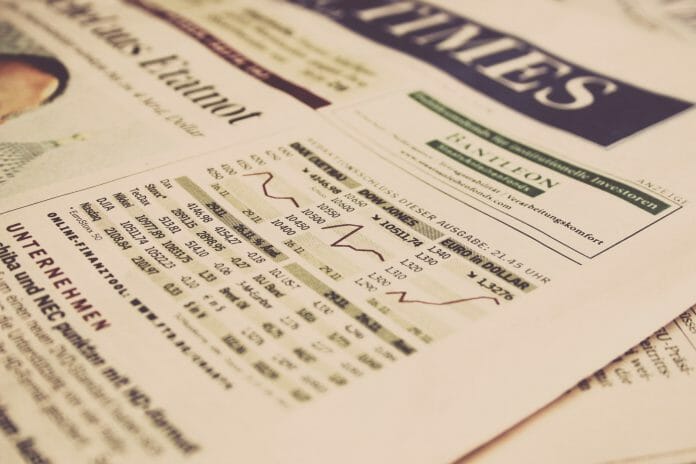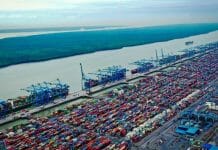The second quarter represented a severe economic downturn for many countries, but this quarter, growth will return, though it may take time before the sun really shines.
Over the past week, even more growth figures have been ticking-in concerning the second quarter GDP growth. The past quarter is particularly interesting to include in the market expectations, despite the fact that the entire financial market was prepared for very poor figures.
In some countries where the downturn set-in earlier, the first quarter growth was also hurt for the same reason, these countries are in a so-called “technical recession”. Some economies even have to acknowledge that negative GDP growth was already a reality during the fourth quarter of last year.
In the USA, the statistics show a negative GDP growth of 31.7 pct. as the US statistical bureau converts the GDP growth change into an annual growth rate. A comparable number with the other countries is minus 9.2 pct., but it is still an economic horror figure of a size that even historically represents a very large decline by American standards.
The US economy has, by nature, a great degree of flexibility and it has previously resulted in steeper ups and downs in growth compared to the often more stable Europe, however, this time is partly different. I argue that the expected American economic rebound should happen quite quickly after this significant downturn, which for example, must also be visible in the labour market.
Within just two months, unemployment jumped from 3.5 to 14.7 percent, which again is really something one cannot imagine. The labour market in the United States is incredibly important when it comes to assessing how quickly the world’s largest economy is recovering, partly because private consumption is such a powerful driving force in the US economy.
I wouldn’t say that investors and the stock market would be particularly surprised if the unemployment rate remains around 10 pct. for the rest of the year, but it could result in a few nervous investors at the start of the coming year with an unemployment of that calibre.
The US central bank is the inventor of the quantitative monetary policy; therefore, this monetary tool will certainly not be changed for the benefit of investors. However, I do not expect the low interest rates to kickstart the US economy, which in itself is a concern. Therefore, it becomes more interesting than usual which proposals the US presidential election campaign brings concerning new economic growth initiatives, as well as a rapid reduction in unemployment.
If there are just a few, or no serious political ideas for handling this gigantic challenge, then it could reasonably create some nervousness on Wall Street.
The United States has gradually become heavily indebted, but it looks worse for the chronic debt-ridden southern European countries, including France and Italy. Many countries experienced some economic decline already in the first quarter, including the United States, but a country like France already had a deficit of 5.9 percent. in the first quarter, in addition to its negative growth in the fourth quarter last year.
For Italy, it is exactly the same picture, and I see it as a different, but basically old structural downturn in the economy, which I do not even expect to be reversed by the EU aid package. I therefore see no reason to change my assessment of Southern Europe as an unattractive investment destination.
Emerging Markets countries are known to recover very quickly after economic crises, with the Philippines being one of the countries I consider to be amongst the most attractive emerging countries. On the surface, one could say that the decline in the GDP growth was 15.2 pct., though the government debt is as low as 42 pct. of GDP.
That is correct, but that economic reserve has already been partly reduced, as the debt share has probably now risen to around 50 pct. Yes, it happens fast, and an Emerging Markets country cannot afford the same relative indebtedness, as for example, the USA. However, it does not change the fact that I have the strongest trust in the prospects for renewed growth in many Far Eastern countries, but even here, the growth explosion will be absent.
Peter Lundgreen is the Founding CEO of Lundgreen’s Capital. He is a professional investment advisor with over 30 years of experience and a power entrepreneur in investment & finance. Peter is an international columnist and speaker on topics about the global financial markets.









